Electric vehicles (EVs) are rapidly becoming a popular choice among drivers, not just for their environmental benefits but also for their cost-effectiveness in the long run. One of the biggest advantages of owning an EV is the reduced maintenance expenses compared to traditional fuel-powered vehicles. With fewer moving parts, no engine oil changes, and lower wear and tear, EV maintenance is simpler and more affordable. In this blog, we’ll explore how maintaining your electric vehicle properly can help you save money while ensuring optimal performance and longevity.
Content
- No Oil Changes
- Fewer Moving Parts
- Brake Life Boost
- Battery Longevity
- Lower Repair Costs
- Home Charging Perks
- Incentives & Rebates
No Oil Changes
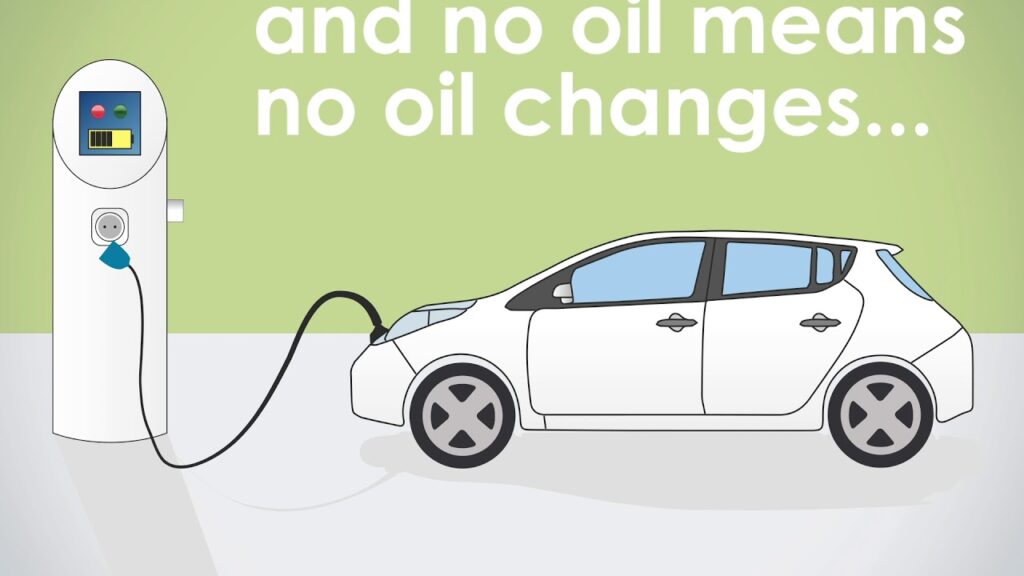
EVs don’t need oil changes that’s a big win! Petrol car ask for new oil every 5,000-10,000 km, and that’s ₹500-₹1,500 each time in India. EVs run on electric motors, so there’s no oil to change. My friend with a petrol bike pays ₹600 every few months for oil. With an EV, I’d skip that and save ₹2,000-₹6,000 a year. No oil means no buying filters or paying to get rid of old stuff either. It’s one less thing to worry about, and your money stays safe it’s like a little gift every year!
Fewer Moving Parts
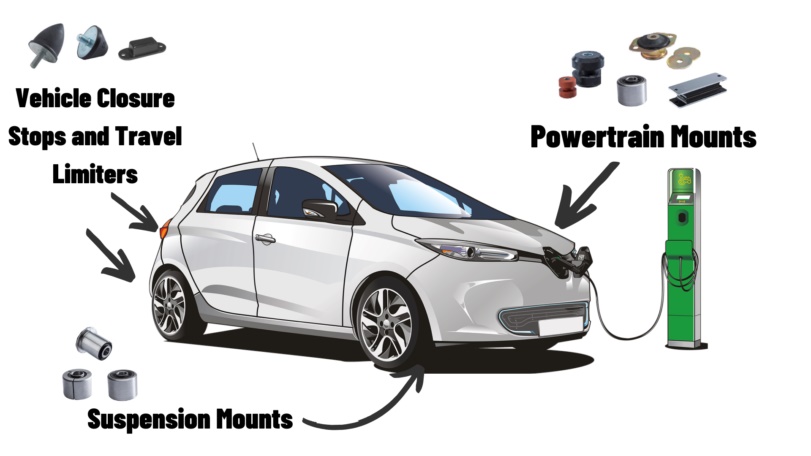
EVs are built simple inside less stuff to mess with! A petrol car has lots of parts pistons, belts, valves all moving and wearing out. EVs just have a motor, a battery, and some wires. That means less can go wrong. My uncle paid ₹3,000 once when his gas car’s belt broke. With an EV, you don’t have those problems as much. They say EV motors can last 15-20 years with almost no trouble. It’s nice knowing you’re not spending cash on fixes all the time your wallet gets to rest a bit!
Brake Life Boost
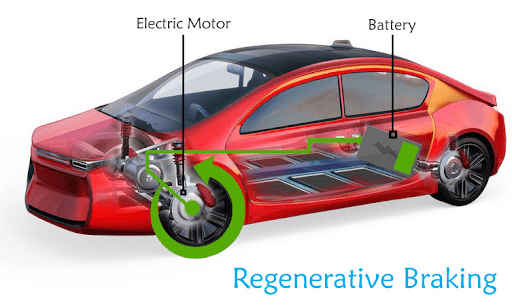
EVs have a cool way of braking that saves money! It’s called regenerative braking when you slow down, the motor helps stop the car and sends power back to the battery. Petrol car use brake pads a lot, wearing them out every 20,000-40,000 km that’s ₹2,000-₹5,000 to replace. EV brakes can last up to 80,000 km because they don’t work as hard. My cousin’s EV still has its brakes after three years he’s saved ₹4,000 so far. It’s a quiet way to keep cash it’s like the brakes are too comfy to wear out!
Battery Longevity
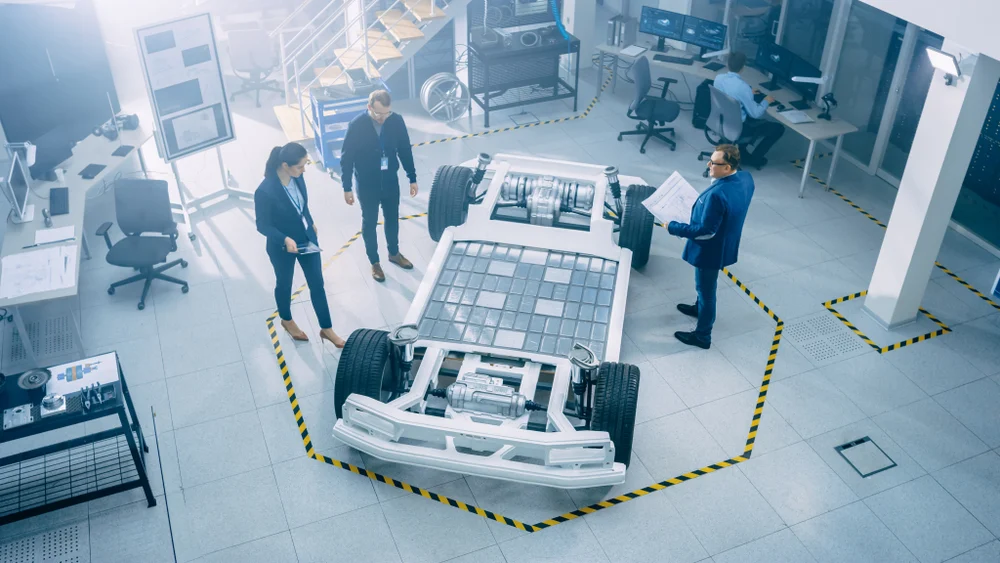
People worry about EV batteries like they’ll stop working fast and cost ₹5 lakh to fix. But they’re stronger than that! Most EVs, like Tata Nexon or Tesla, give you an 8-year or 1,60,000-km warranty on the battery. If you charge it right not always to 100% it lasts even longer. My friend’s EV is five years old and still going strong no big costs yet. Petrol car need engine repairs ₹50,000-₹1 lakh every 10 years or so. Batteries are getting cheaper too down 80% since 2010. It’s not a worry it’s a way to save money over time!
Lower Repair Costs
Fixing an EV costs less than a petrol car nice and easy! There’s no engine, so no belts or pumps to replace those can add up to ₹10,000-₹20,000 over years on a gas car. EVs need tire checks ₹500-₹1,000 or new wipers ₹300 maybe a free software update. My neighbor paid ₹15,000 to fix his gas car’s clutch. An EV wouldn’t have that trouble. They say EV maintenance is 35-50% cheaper ₹5,000-₹10,000 a year vs. ₹15,000-₹20,000 for petrol car . It’s a soft way to save less fixing, more keeping!
Home Charging Perks
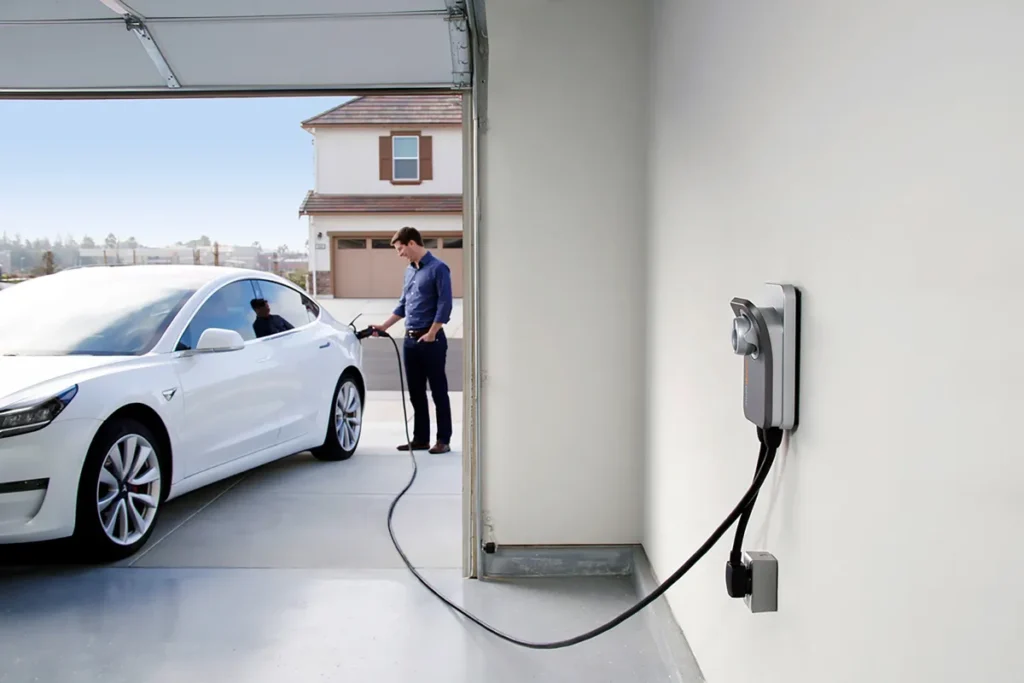
Charging an EV at home is so cheap it’s almost funny! Electricity in India is ₹6-₹10 per unit. A 30 kWh battery like on a Nexon EV costs ₹180-₹300 for 300 km. Petrol at ₹100/litre takes ₹2,000-₹3,000 for the same distance in a 15 kmpl car. My friend’s EV power bill is ₹500 a month his gas bike was ₹2,000! Spend ₹50,000 once on a home charger, and some places make night power ₹4/unit. It’s a gentle way to save no gas station stops, just plug in and keep the cash!
Incentives & Rebates
Governments like EVs they give you money to help out! In India, FAME II cuts ₹10,000-₹15,000 per kWh off battery costs up to ₹1.5 lakh for cars. Delhi adds ₹5,000-₹10,000 and skips road tax ₹20,000 saved on a ₹10 lakh EV. Some RTOs charge less for EV checks ₹500 vs. ₹1,000 for petrol car . My cousin got ₹1.2 lakh off his EV it helped a lot! Other places like the US give $7,500 back India’s doing it too. It’s a nice little bonus extra money to make things easier
Conclusion
Investing in proper maintenance for your electric vehicle is a smart way to extend its lifespan and maximize savings on repairs and servicing. With fewer mechanical components and lower overall upkeep costs, EV owners can significantly cut down on routine maintenance expenses. By following best practices such as battery care, regular software updates, and efficient driving habits, you can keep your EV running smoothly while enjoying long-term financial benefits. Electric Vehicle Maintenance Saves Money Switching to an EV isn’t just good for the environment it’s also a great way to save money in the long run.








